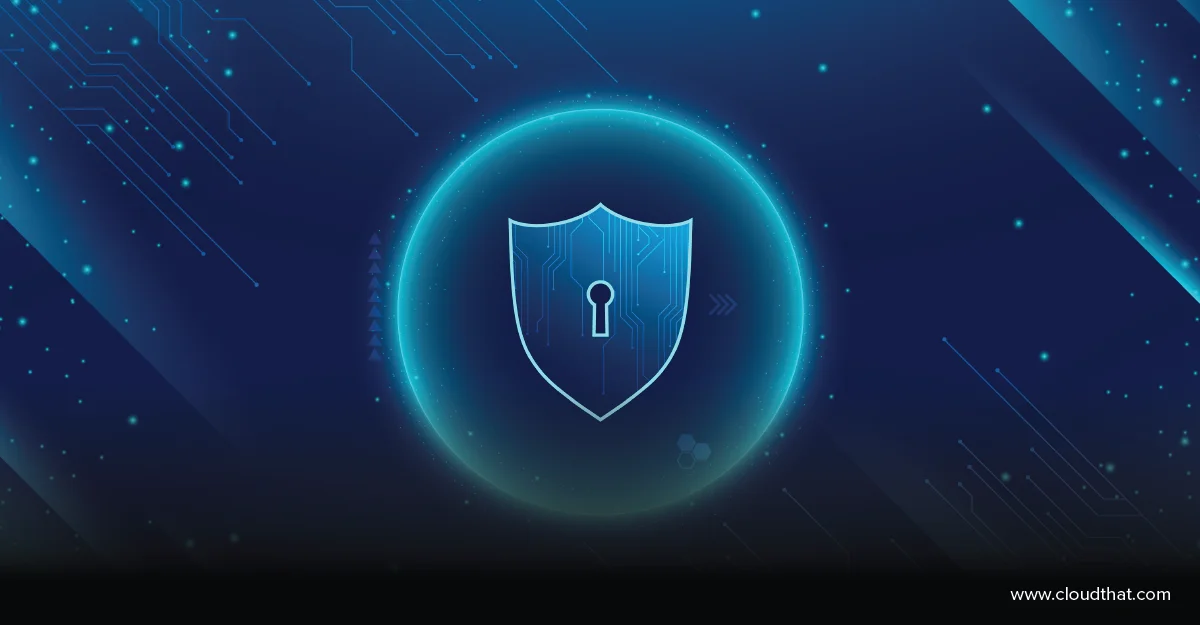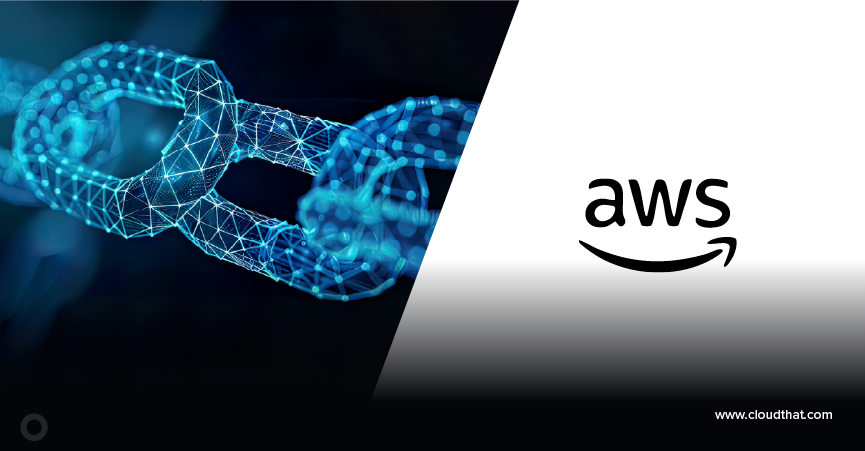|
Voiced by Amazon Polly |
Introduction
Amazon SQS is Simple Queue Service, a pull-based service, not a push-based. This service allows you to integrate and decouple distributed software systems and components using a secure, durable, and available hosted queue from Amazon Simple Queue Service (Amazon SQS). Messages can be stored in an Amazon SQS queue until they can be processed by a computer, which is a web service.
Pioneers in Cloud Consulting & Migration Services
- Reduced infrastructural costs
- Accelerated application deployment
What is Amazon SQS?
In Amazon SQS, messages can be stored while awaiting the computer’s processing on a message queue. Using Amazon SQS, web service applications can queue messages that one component in an application generates so that another component can consume them quickly and reliably. The queue is a temporary repository for messages that are awaiting processing in an application.
Amazon SQS protocols govern the communication between a client and the Amazon SQS service. Amazon SQS supports two main protocols. Simple Queue Service (SQS) API and Amazon Web Services (AWS) SDKs.
Types of Queues
- Standard Queue
- FIFO Queue

- Standard Queue: Standard queue is the default queue that Amazon SQS offers. With this queue, A transaction can be made every second, and there is no limit to how many transactions you can make. It makes sure that the message is delivered at least once. Sometimes, a message can be delivered in multiple copies, out of order. In general, messages will be delivered in the same order as they are sent with best-effort ordering, but there is no guarantee that this will be the case.
- FIFO Queue: FIFO stands for First In First Out. One of the most important features of a queue is its FIFO queueing, which means messages are delivered only once and remain available until processed and deleted by the consumer. This ensures they will be received in the same order they are sent. Queues using FIFO do not allow duplicate entries. Queues with FIFO operations are limited to 300 transactions per second but maintain all the standard queue features.
Working of Amazon SQS
Let’s take the following scenario: Two systems communicate asynchronously.
System 1 producer sends messages or data at an extremely high rate periodically. System 2 consumer consumes the message at its own pace but slower than the producer. As the messages are queued, System 1 can produce them as fast at its own pace, and System 2 can consume them at its own pace, i.e., slower than System 1. Software architecture has always relied heavily on queuing systems. In microservices, queues are useful because microservices communicate through a way called Application Programming Interface (API). Queues became even more critical today due to this trend.
Advantages of Amazon SQS
Automatic Scaling: You can continue working at the same rate even if there is an increase in volume. AWS will handle scaling in this case.
Infinite Scaling: AWS claims that despite a limit, it can handle any number of messages in the queue.
Server-Side Encryption: In addition to sending encrypted messages, AWS SSE is also available (server-side encryption).
Conclusion
Various cases arise when incoming traffic requires a queue to handle, and we don’t want any data to be lost. The Amazon SQS queue system provides scalability, security, and other features characteristic of AWS.
Making IT Networks Enterprise-ready – Cloud Management Services
- Accelerated cloud migration
- End-to-end view of the cloud environment
About CloudThat
CloudThat is an award-winning company and the first in India to offer cloud training and consulting services worldwide. As a Microsoft Solutions Partner, AWS Advanced Tier Training Partner, and Google Cloud Platform Partner, CloudThat has empowered over 850,000 professionals through 600+ cloud certifications winning global recognition for its training excellence including 20 MCT Trainers in Microsoft’s Global Top 100 and an impressive 12 awards in the last 8 years. CloudThat specializes in Cloud Migration, Data Platforms, DevOps, IoT, and cutting-edge technologies like Gen AI & AI/ML. It has delivered over 500 consulting projects for 250+ organizations in 30+ countries as it continues to empower professionals and enterprises to thrive in the digital-first world.
FAQs
1. How is Amazon SQS different from Amazon Simple Notification Service (SNS)?
ANS: – Through Amazon SNS, multiple subscribers can receive time-critical messages without periodically checking or polling so that immediate updates do not need to be sent. Through a polling model, Amazon SQS provides distributed applications with an easy way to switch between sending and receiving messages.
2. Does Amazon SQS guarantee delivery of messages?
ANS: – Every message is delivered at least once in a standard queue. When messages are sent to FIFO queues, they are processed exactly once and remain available until they are processed and deleted.

WRITTEN BY Vaishali Bhawsar
Vaishali is working as a Research Associate in CloudThat Technologies. She has good knowledge of Networking, Linux systems & C language, and currently working on various AWS projects along with, Terraform, Docker, and Ansible. She enjoys painting and cooking during her free time.


 Login
Login


 May 29, 2023
May 29, 2023 PREV
PREV










Comments